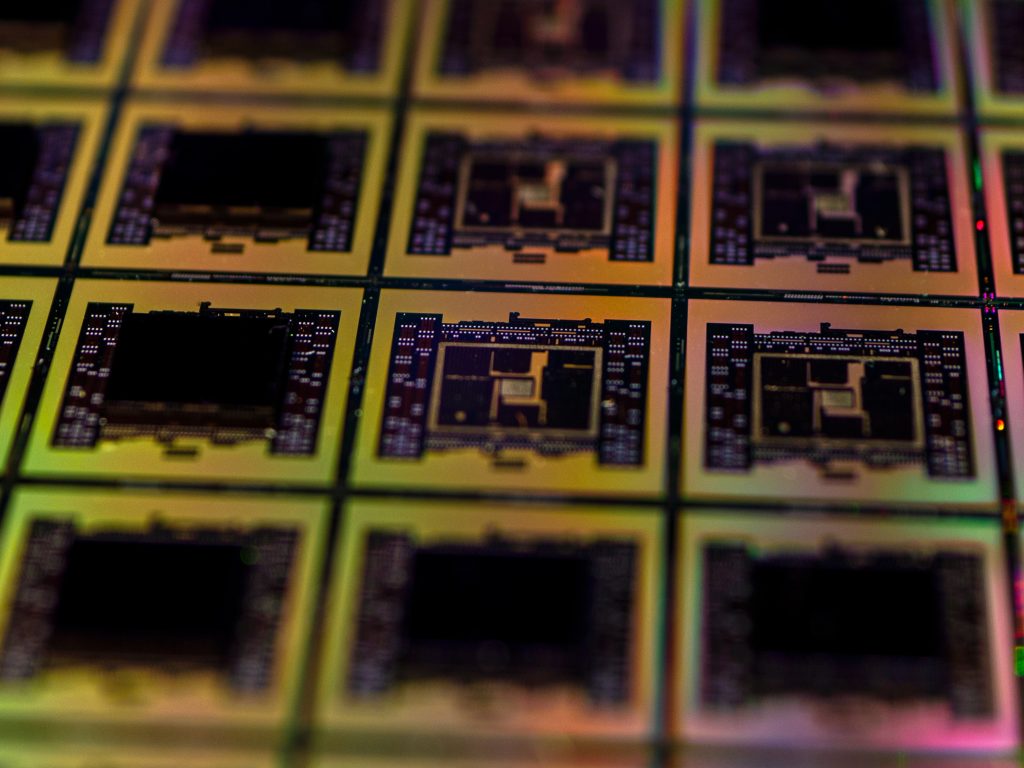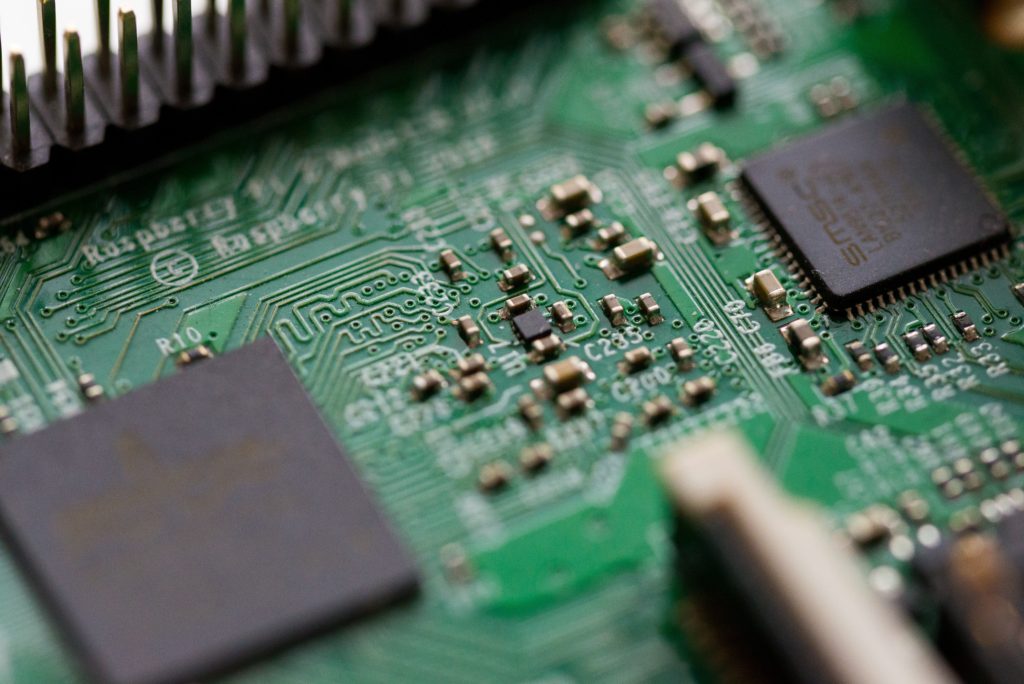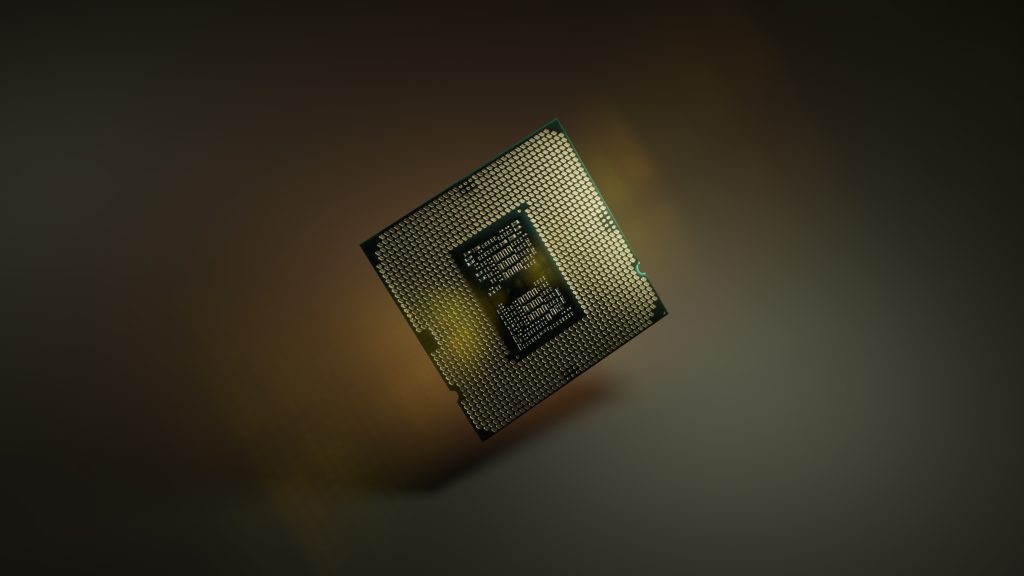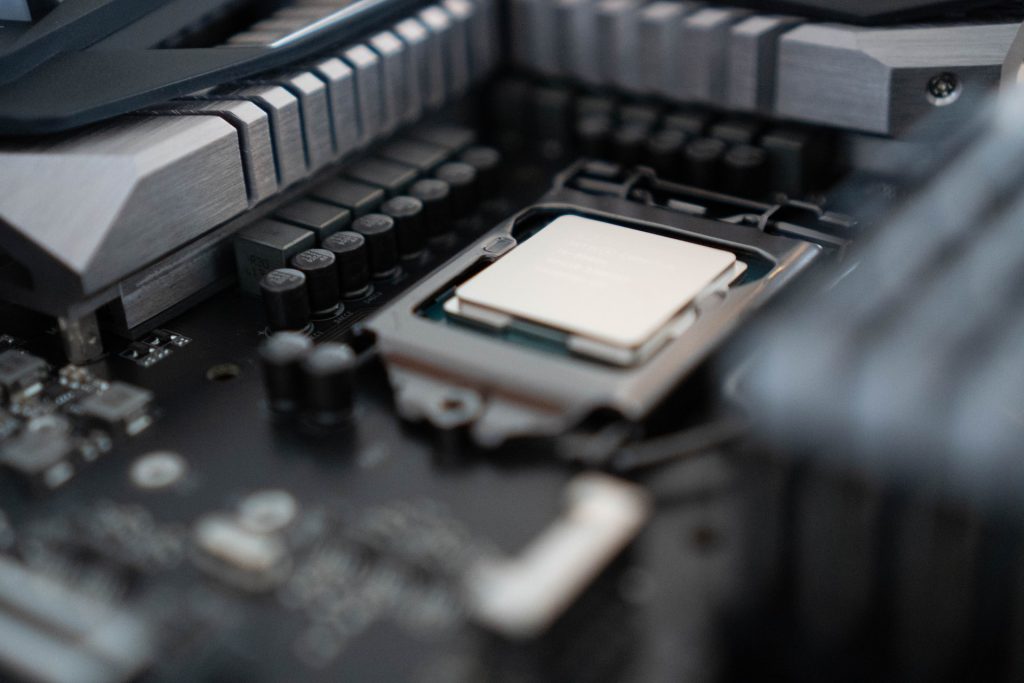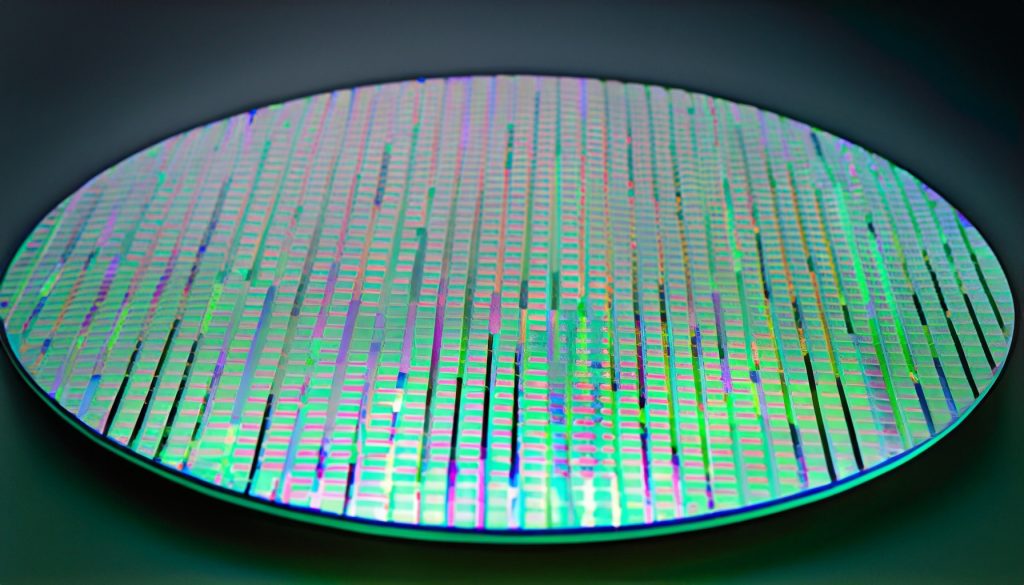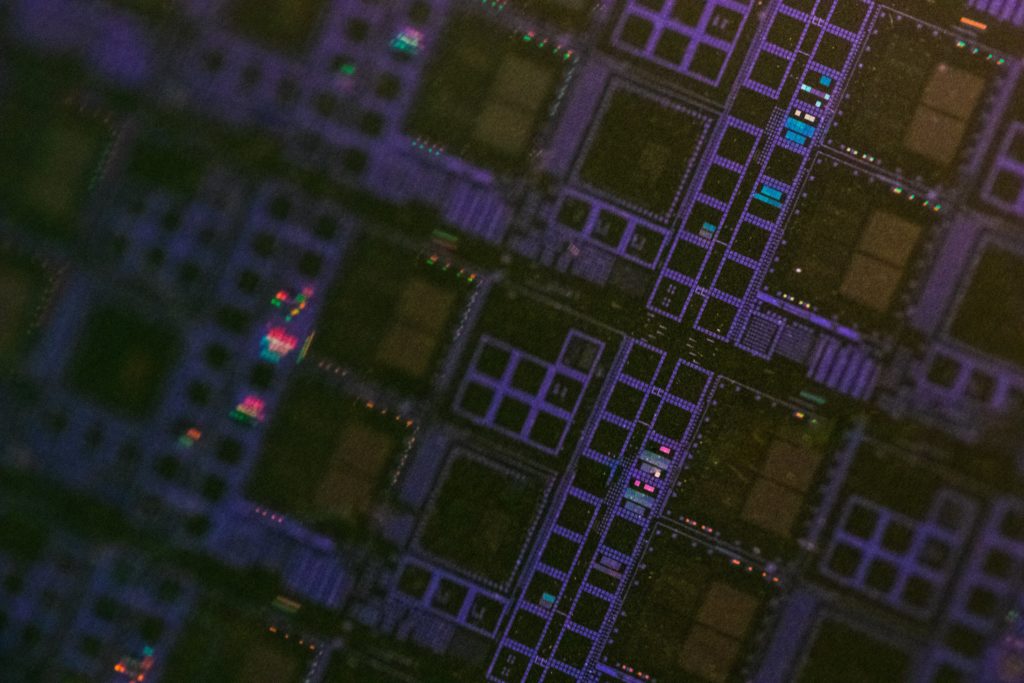Photo by Maxence Pira on Unsplash
Adaptive, specialized, and the balance of power and performance have become a central point for designing different types of efficient processing units. To help with this vision, FPGAs have become an integral part. Mainly due to the features FPGA architecture provides.
Currently, the market size of FPGA is approximately ten billion dollars. As the demand for real-time adaptive silicon increases, this market will grow tenfold. All this is opening up opportunities for XPU-focused semiconductor companies to leverage the FPGA-demanding market.
Flexibility: FPGA Brings Flexibility To The Processing Units.
Assistance: Drives New Ways To Process Compute And Memory Intensive Workloads.
FPGAs are accompanying devices that reside next to the core processing unit and thus processing. It enables offloading features that provide flexibility XPUs in load balancing.
It is the main reason several performance-oriented XPUs today get equipped with embeddable FPGA, which allows on-the-go training/testing of the learning algorithm. A feature that is also pushing the boundaries of machine learning.

FPGAs are also enabling semiconductor companies to focus on new types of applications. Several of these have inspired new-age computing-dependent industries like agro-tech, robotics, space tech, and several others.
All this is because of the FPGA design features, which are highly adaptive as it provides the ability to deploy FPGA as per the target application requirements. FPGA architectural features are getting used in designing new-age modular XPU designs that have opened up new ways to deploy applications.
Application: FPGAs Provide Ability To Expand System Level Applications.
Design: New Design Methodology That Provides More Options To The Customers.
Even though there are several benefits of FPGA, there is one big hurdle that FPGA brings. It is the manufacturability. FPGA is very complex by design, and embedding them with any other XPU makes the semiconductor manufacturing process harder and raises yield concerns.
Several semiconductor companies have acquired the design and manufacturing knowledge to make their XPUs more FPGA friendly. All this will help the semiconductor industry to develop advanced XPUs that will drive computing to new levels.
